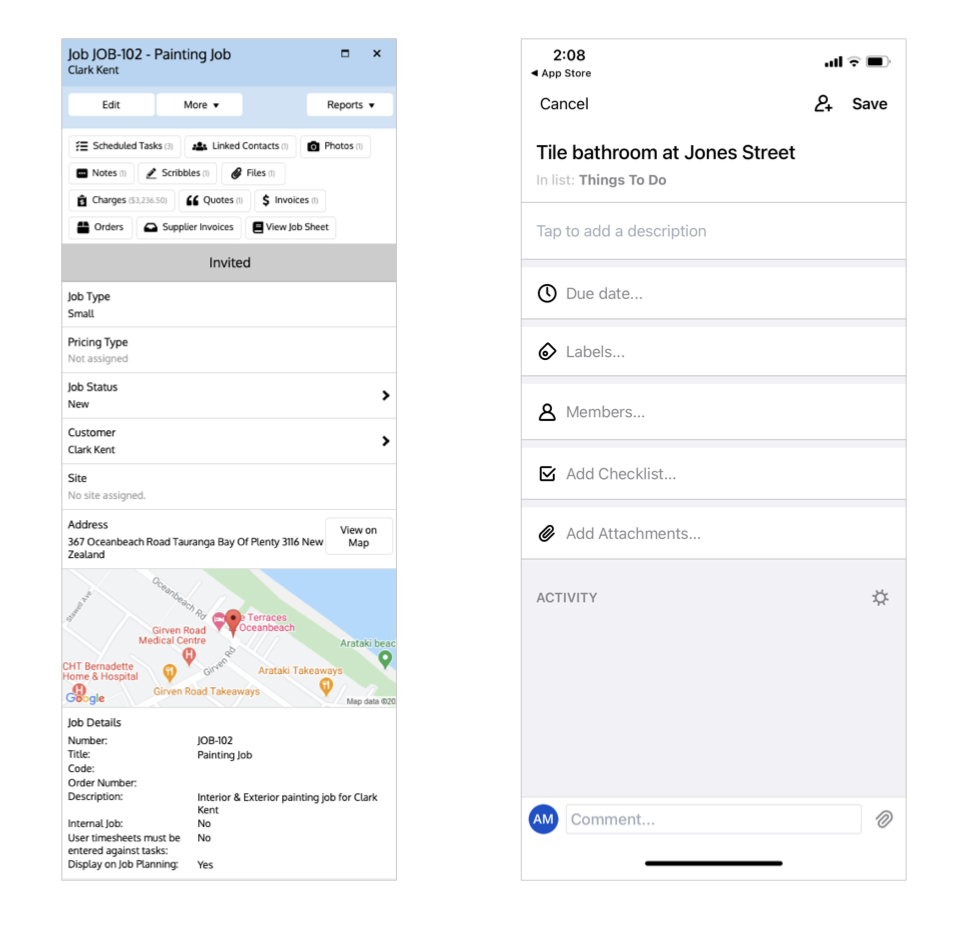2 min read
Removing resistance results in 300% more sign-ups for compliance app Quipcheck
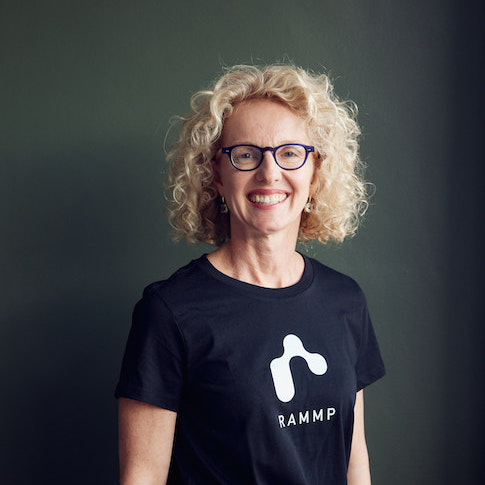 Anna Harrison
Jan 10, 2023
Anna Harrison
Jan 10, 2023

Quipcheck struggled with sub 5% sign-up rates, which they needed to rectify to grow their business into new markets. Their conversion rates after sign-up were great – the challenge was in getting site visitors to take the step to complete the “Get Started” process on their website.
The challenge
Quipcheck is a SaaS compliance check solution for plant and machinery. They provide a comprehensive checklist app that helps to reduce the administrative overheads in what is still essentially a paper-based industry. Quipcheck struggled with sub 5% sign-up rates, which they needed to rectify to grow their business into new markets. Their conversion rates after sign-up were great – the challenge was in getting site visitors to take the step to complete the “Get Started” process on their website.
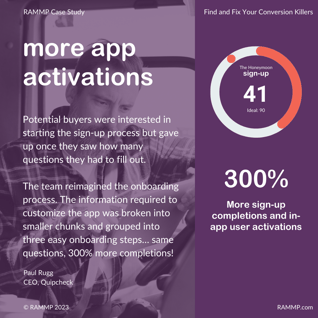
The approach
To get anyone to do anything, you need to remove the obstacles to make the desired behaviour easy. Quipcheck changed their Sign-up form, removing a lot of the friction blocking more than 95% of potential buyers from filling the form. The simple change resulted in a 300% increase in demo bookings and inbound enquiries.
The Quipcheck form on the left asked the user to complete around 23 questions before sign-up. The updated form removed the obstacles and shifted the information collection to the new onboarding process in-app.
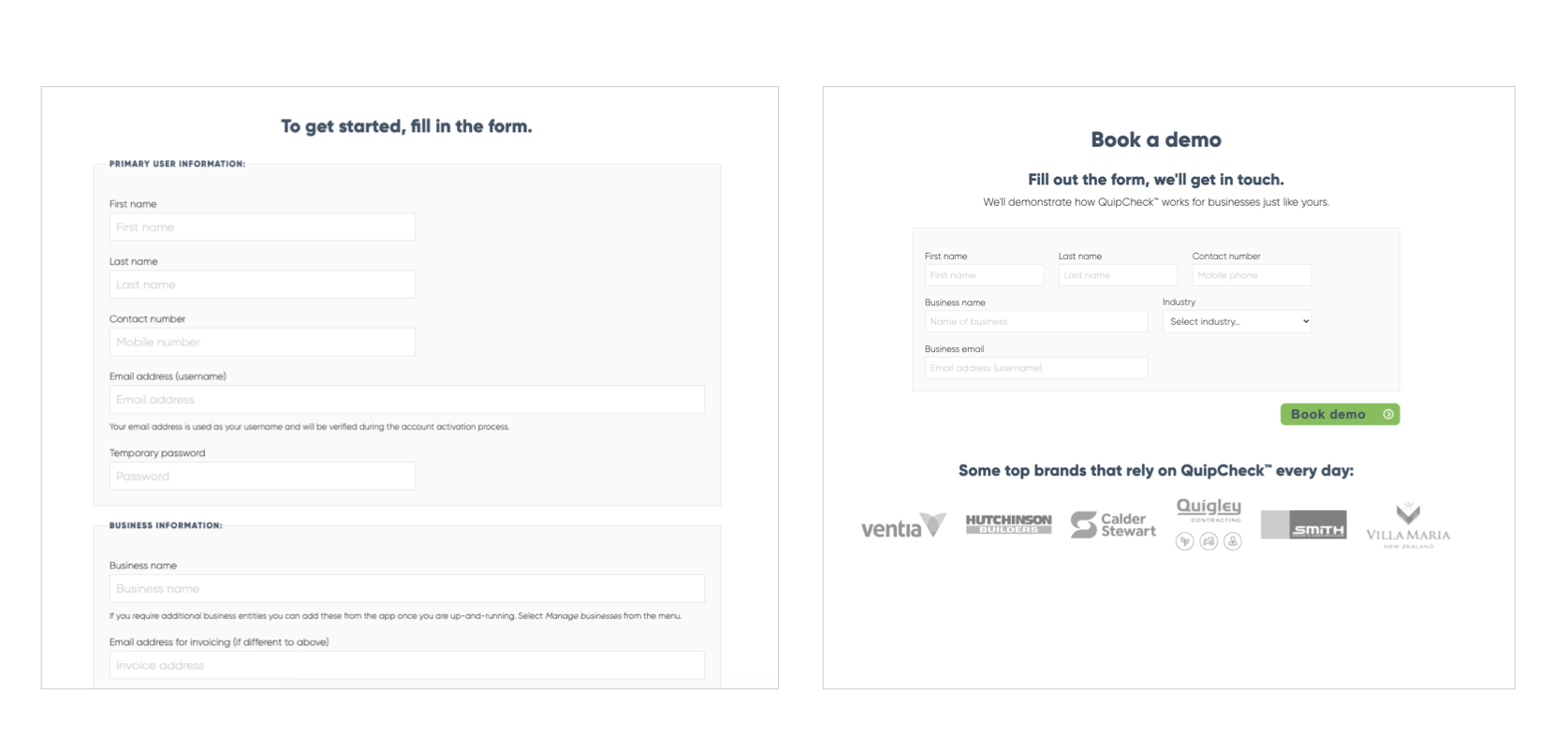
Why it worked
The approach worked as it removed the obstacles that were preventing site visitors from completing the sign-up process. Quipcheck had done a great job of getting their site visitors from Zero Seconds to the Sign-up milestone. Potential buyers were interested in starting the Sign-up process but gave up once they saw how many questions they had to fill out. The form was a real blocker.
The Quipcheck case is interesting, as the long sign-up form was introduced to help customise the app to the new user's needs. By removing the resistance from the sign-up form, the team needed to reimagine the onboarding process. The information required to customise the app was broken into smaller chunks and grouped into three easy onboarding steps. Note that while asking 20+ questions at sign-up was too much resistance, asking the same 20+ questions during a three-step onboarding process was totally fine. The results of this change were a significant increase in both sign-up rates and after sign-up retention rates.
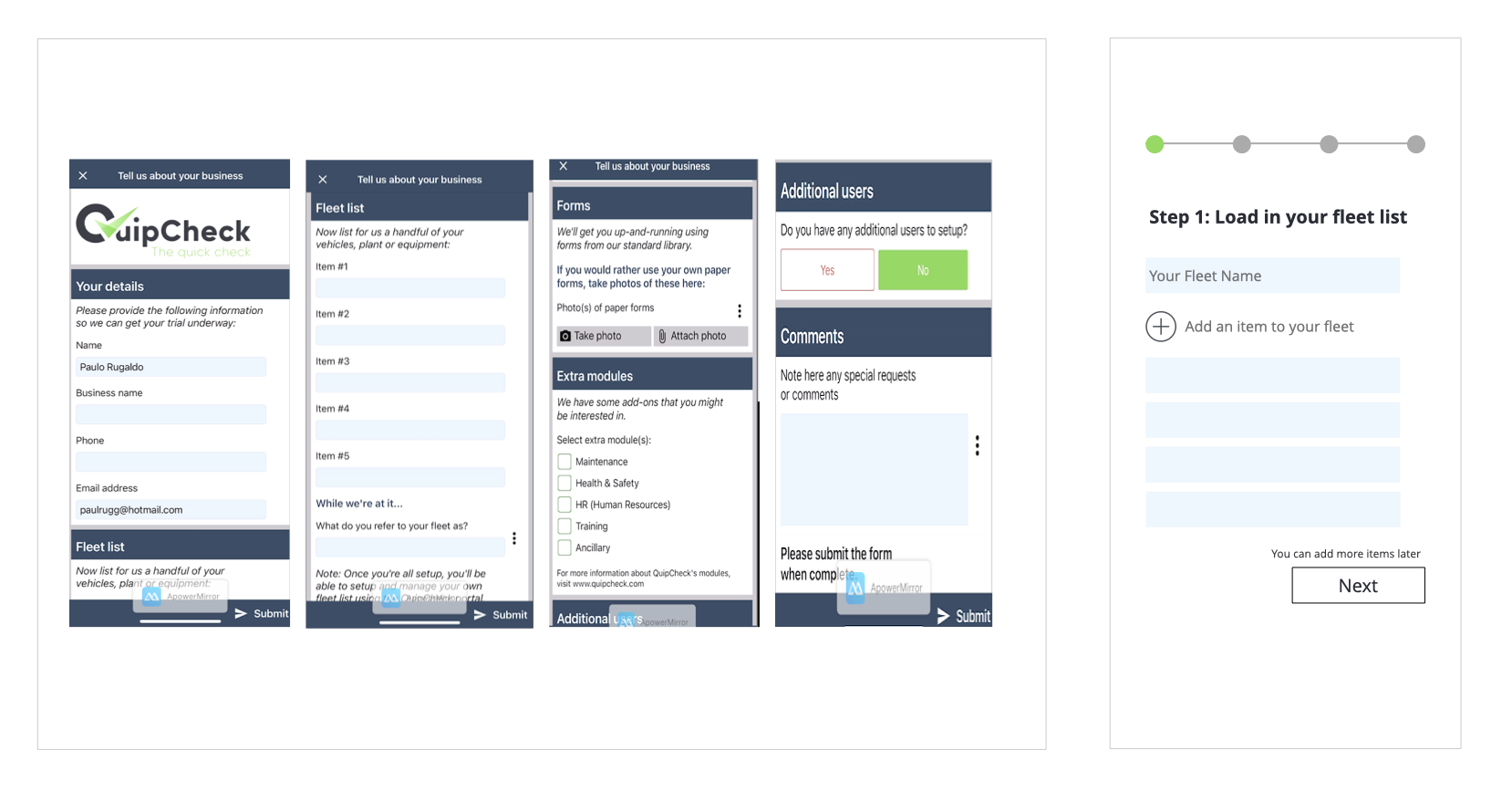
The solution worked as initial resistance was removed. The information was requested in a serial way that matched the level of emotional commitment that the new customer was prepared to make to the brand.
Apply it in your business
Businesses that offer complex products often need extensive information to get a new user started in a meaningful way. You will be able to improve your sign-up and onboarding completion rates if you apply these two principles:
- Remove as much resistance as possible from the sign-up process. In general, asking for contact info plus at most one other piece of information is the optimal tolerance level for new users
- Partition the information that you need to get the user started into logical groups to reduce the perceived cognitive load
- Ask for the information during onboarding, or
- Start the user with sensible defaults and placeholder data
Trello and LinkedIn are terrific examples of how information chunking and placeholder data containers guide new users without overwhelming them with too many instructions or questions. Quipcheck used these strategies to simplify their onboarding process and reduce the volume of top-level data in their in-app experience.
